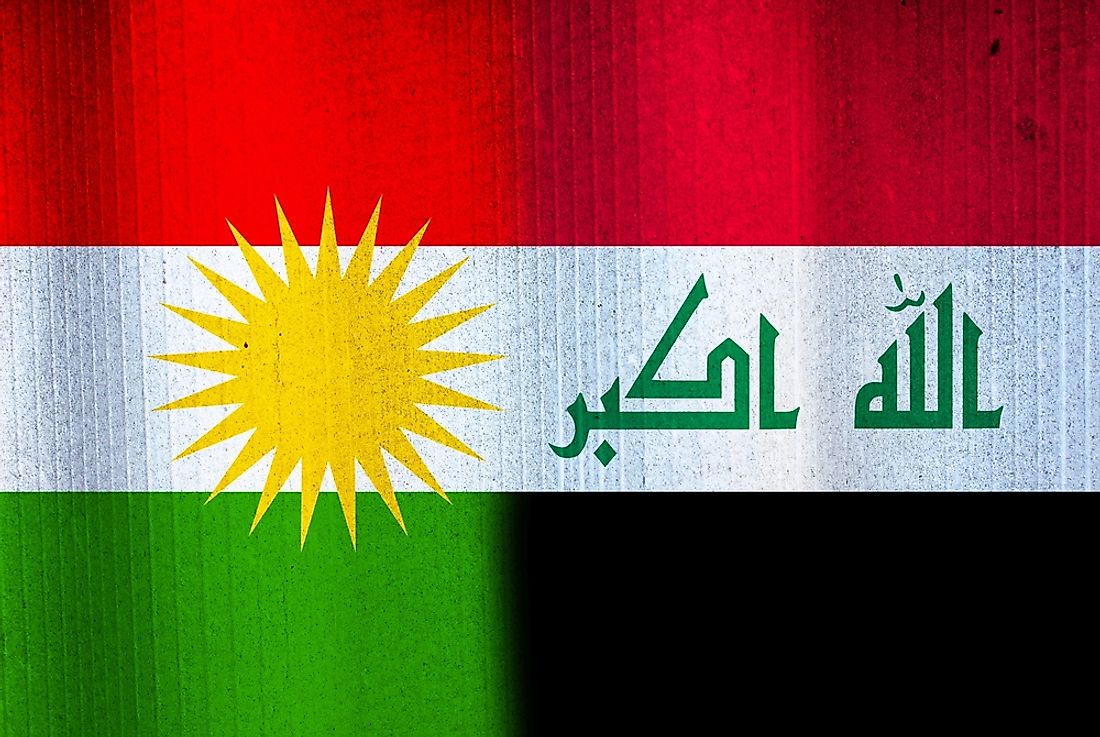What Caused The Anfal Genocide?

What Caused The Anfal Genocide?
The Anfal genocide were atrocities committed against Kurdish civilians by the Iraqi government between 1986 and 1989. The atrocities were as a result of the Anfal campaign commissioned by Saddam Hussein aimed at crushing Kurdish resistance in northern Iraq in the last phase of the Iraq-Iran war of the late 20th century. At least 50,000 civilians were killed while thousands of villages and towns were decimated in the genocide that featured aerial bombings, mass deportations and executions, and chemical warfare.
The Atrocities
While the operation against Kurdish resistance took place between 1986 and 1989, the atrocities against Kurdish civilians that defined the genocide were witnessed between February and September, 1988. Saddam Hussein, the then Iraqi leader had sanctioned the operation in 1986. Ali Hassan al-Majid, who was the president’s cousin, was tasked with leading the operation and led an armed force made up of about 200,000 soldiers. The Iraqi government captured and transported thousands of Kurdish civilians to detention centers. Adult males fit for military service (between the ages of 15 and 50 years) who were considered to be insurgents were rounded up, transported from the concentration camps, and summarily executed in a move that aimed at exterminating adult male Kurds. Women and children were also killed in the purge, but instead of a firing squad, they were either starved to death or gassed.
Aftermath
The Human Rights Watch outlined the effects of the Anfal campaign in detail and indicated that as many as 100,000 civilians were killed in the genocide, with other sources putting the number of civilian deaths at about 182,000. Entire populations were wiped out in some villages while an estimated 17,000 people disappeared during the campaign. An estimated 4,000 villages were utterly destroyed during the campaign while about 250 of them were subjected to chemical weapons. As much as 90% of the villages in some targeted area were obliterated in Iraqi Kurdistan. Thousands of public facilities were destroyed in the campaign including 2,450 mosques, 1,754 schools, and 270 hospitals.
Trials
Three of the most prominent trials based on the Anfal Genocide, were that of Saddam Hussein, Frans van Anraat, and Al-Majid. Frans van Anraat is a notable example because he was directly involved in the perpetration of the genocide despite being not an Iraqi citizen. Van Anraat was found guilty in a Dutch court in 2005 for the sale of chemical weapons to Iraq’s government and received a 15-year sentence. Al-Majid was found guilty for his role in the genocide and was sentenced to death in June 2007. Al-Majid would attempt to seek redress in the form of an appeal but the judgment was upheld and he was hanged on January 25th, 2010. Saddam Hussein’s trial on his role in the genocide was still in progress when he was hanged for his role in another unconnected genocide, the Dujail Genocide.
International Recognition
Only four countries in the world have formally recognized the Anfal Genocide,` and these are the United Kingdom, Norway, Sweden, and South Korea. Sweden formally recognized the Anfal Genocide on November 21st, 2012, becoming the first country to do so. The Kurdistan Regional Government observes the remembrance of the genocide annually on April 14th.











